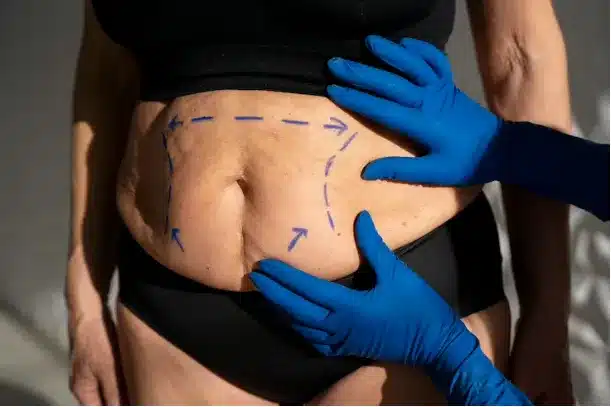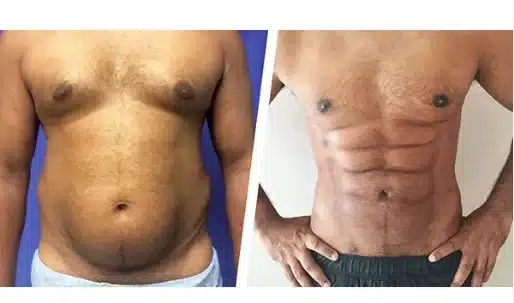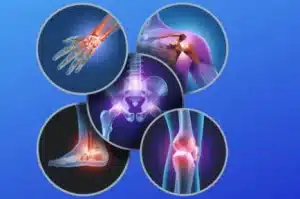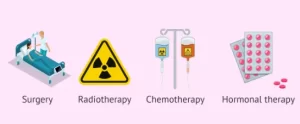Lipomatic surgery, also known as power-assisted liposuction (PAL), is a modern and innovative technique used in cosmetic surgery to remove excess fat deposits from various body areas. This advanced procedure utilizes a specialized vibrating cannula to break down and remove stubborn fat, providing patients with a more sculpted and contoured physique.
Top 3 Techniques for Lipomatic Surgery
- Tumescent Technique: The tumescent technique is a fundamental component of Lipomatic surgery. It involves injecting a solution of saline, local anesthetics, and adrenaline into the target area. This solution helps numb the area, constrict blood vessels, minimize bleeding, and reduce discomfort during the procedure.
- Vibration-Assisted Liposuction (VAL): VAL is a crucial technique in Lipomatic surgery. The vibrating cannula used in this technique helps break down fat cells, making them easier to remove and reducing trauma to surrounding tissues.
- Superficial Liposculpture: This technique focuses on the precise contouring of superficial fat deposits, resulting in enhanced definition and smoother skin.
Benefits of Lipomatic Surgery
- Enhanced Body Contouring: Lipomatic surgery allows individuals to achieve a more proportionate and aesthetically pleasing body contour. It eliminates localized fat deposits resistant to diet and exercise, giving patients the desired silhouette.
- Improved Self-Confidence: Lipomatic can significantly boost self-confidence and improve body image by reducing unwanted fat bulges. Patients often experience increased self-esteem and a greater sense of well-being.
- Minimally Invasive Procedure: Lipomatic is minimally invasive compared to traditional liposuction techniques. It involves smaller incisions, reducing scarring, less tissue trauma, and faster recovery.
These benefits make Lipomatic surgery an attractive option for individuals seeking to enhance their body contours and achieve their desired appearance.
Which Areas Can Lipomatic Fat Removal Be Applied?
According to the Sunday website ;
It is applied to almost every region such as the waist, abdomen, under the chin, arm, and leg, and after weight loss, the body tightens, stubborn fat is eliminated and therefore regional slimming is achieved. The most common areas are hip, hip, inner leg, upper arm, chest, and abdomen.
Risks of Lipomatic Surgery
- Bruising and Swelling: Bruising and swelling are common after Lipomatic and usually subside within a few weeks. However, in some cases, they may persist for a longer duration. Proper postoperative care and adherence to the surgeon’s instructions can help minimize these effects.
- Infection: Although rare, there is a risk of infection following any surgical procedure, including Lipomatic. Strict adherence to pre and postoperative care instructions, including keeping the incision sites clean and avoiding contaminant exposure, can help minimize this risk.
- Asymmetry: Sometimes, slight asymmetry or unevenness may occur after Lipomatic surgery. Factors such as pre-existing anatomical asymmetries or individual healing responses can contribute to this. Skilled surgeons take measures to minimize asymmetry, but complete symmetry cannot always be guaranteed.
Choosing a professional surgeon for lipomatic surgery ensures the highest level of expertise and safety during the procedure.
Recovery Process after Lipomatic Surgery
The recovery process following Lipomatic surgery varies from individual to individual, but here are some general guidelines:
- Compression Garments: Your surgeon may recommend wearing compression garments to support the treated area and reduce swelling during the initial healing phase.
- Medication and Pain Management: Your surgeon may prescribe pain medication or recommend over-the-counter pain relievers to manage any discomfort during the early stages of recovery.
- Follow-up Appointments: Attend all scheduled follow-up appointments with your surgeon to monitor your healing progress, address any concerns, and receive guidance on postoperative care.
Conclusion
Lipomatic surgery offers individuals a safe and effective solution to address stubborn fat deposits and achieve their desired body contour. This procedure’s advanced techniques and technologies provide enhanced precision, minimal downtime, and long-lasting results. If considering Lipomatic , consult a qualified and experienced plastic surgeon who can guide you through the process and help you attain the body contour you desire.
FAQs:
- Is Lipomatic surgery for weight loss? No, Lipomatic targets localized fat deposits and contours specific areas, but it is not a weight-loss procedure.
- When will I see the results of lipomatic surgery? Results vary, with some improvement immediately and final results becoming more apparent over weeks or months.




